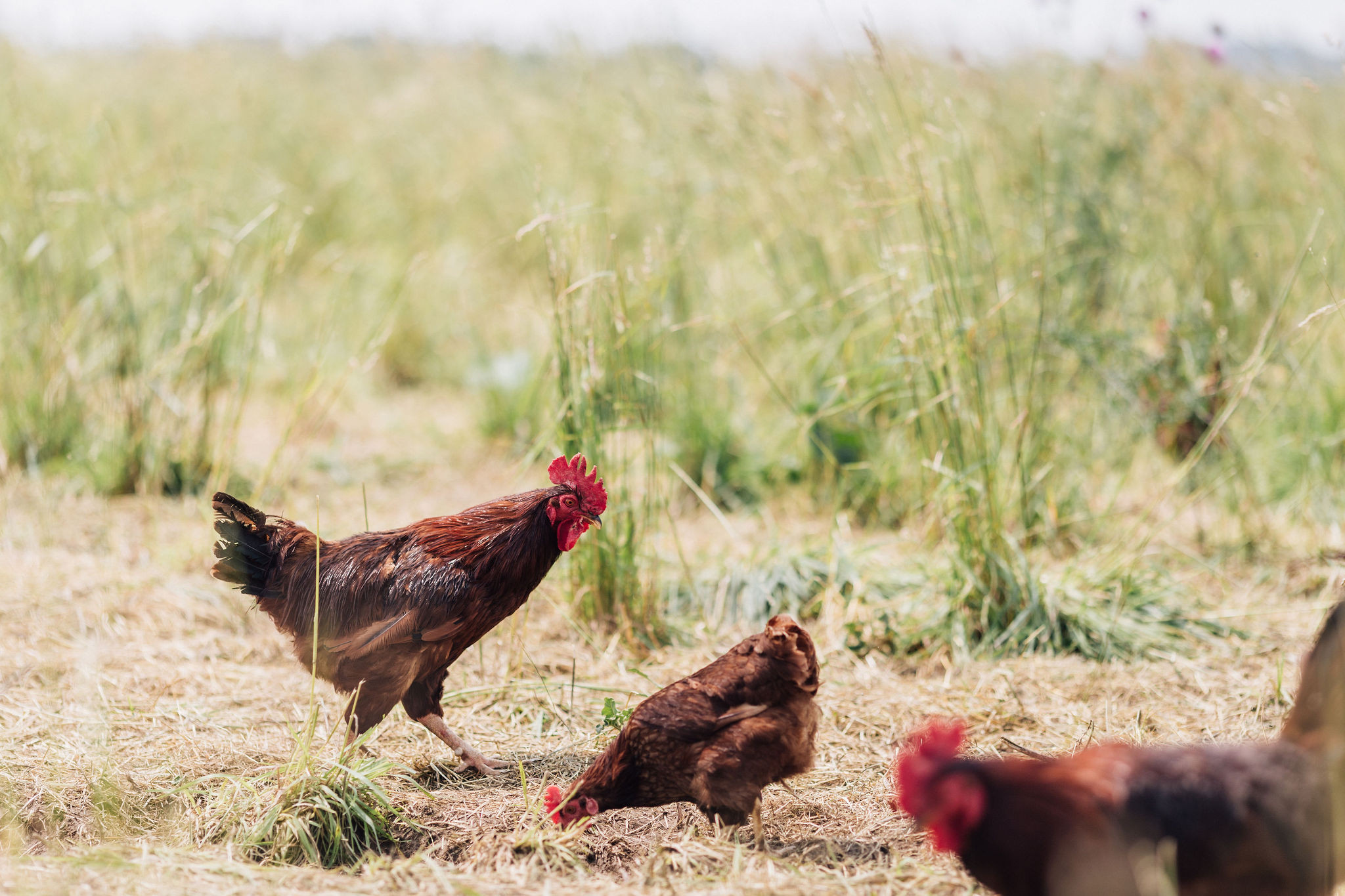How in the world could chicken breasts cost $20+ per pound!?
posted on
September 13, 2019
A customer reached out to me this week. She referred a friend who, in turn, checked out the website. The friend’s response was “Yikes!”
That’s right, yikes. And that yikes was specifically directed at the price of our chicken breasts. She couldn’t understand how it could cost $20+ per pound when Trader Joe’s is selling free range chicken breasts for $5.99 per pound.
How in the world could chicken breasts cost $20 per pound!? Well, let’s see if we can peck this apart a bit.
The first thing I did was call Trader Joe’s. Then, I called the farmer. Below are the answers I got to my questions.
Are the chickens fed soy?
Trader Joe’s didn’t know.
Our farmer said that the chickens are not fed soy. They are fed a specially formulated blend of corn, peas, wheat, flax meal, fish meal, seashell flour, and a nutri-balancer which has kelp, probiotics, vitamins, and minerals. They are fed two times each day.
Our farmer said that his feed is expensive. This is due to the quality of ingredients used. To make a soy-free feed, you need to replace the soy with something so the chickens get enough protein. Sustainably sourced fish meal and flax meal is expensive. However, other feed suppliers may use cheap replacements that are manufacturing byproducts like palm kernel meal, cottonseed meal, or dried distiller’s grains.
Are the chickens fed GMOs?
Trader Joe’s said they could not verify that due to the high prevalence of GMOs in the commodity market.
Our farmer said no GMOs are used - ever.
What farm are the chickens from?
Trader Joe’s didn’t know.
Our farmer said, “Well, my farm.”
What does “free range” mean?
Trader Joe’s didn’t know (you can read more here about the “free range” label).
Our farmer gave a long explanation of the chicken’s lifestyle. Here’s a summary of what he said.
The farmer houses his chickens in mobile coops that are about 12’x12’. The coops have a cover that provide the chickens much needed shade. It has chicken wire sides that provide plenty of air flow. And, the coops have no bottom, which gives them access to grass, bugs, and seeds.
The coops are moved daily to give the chickens access to fresh pasture. They get so excited when the coops are moved, because it means they get a feast of fresh crickets!
Each coop houses an average of 50 chickens. So, that’s about 2.88 ft2 per chicken.
It seems that, when it comes to food, a “great deal” may not actually exist. It seems that quality and price go hand in hand.
When you buy from Trader Joe’s (or almost any supermarket), you’ll never really know what you’re getting.
If the price is low, you can be almost certain that the farmers are cutting corners. The animals may not go outside, they are fed the cheapest feed that gets animals to full size the fastest, and there is minimal human interaction.
When you buy from a small farmer, you should get transparency, knowledge, and the best products possible. You should have a clear understanding of why the food costs more.
In our case, our chicken breasts cost $20+ per pound because they are fed a high quality feed, and it takes time to give them a happy life with fresh pasture every day. Our farmer’s goal is to produce the highest quality, most nutrient-dense food possible.
So, what do you think? Is it worth it to spend $20+ on chicken breasts? I’d love to hear your thoughts!




